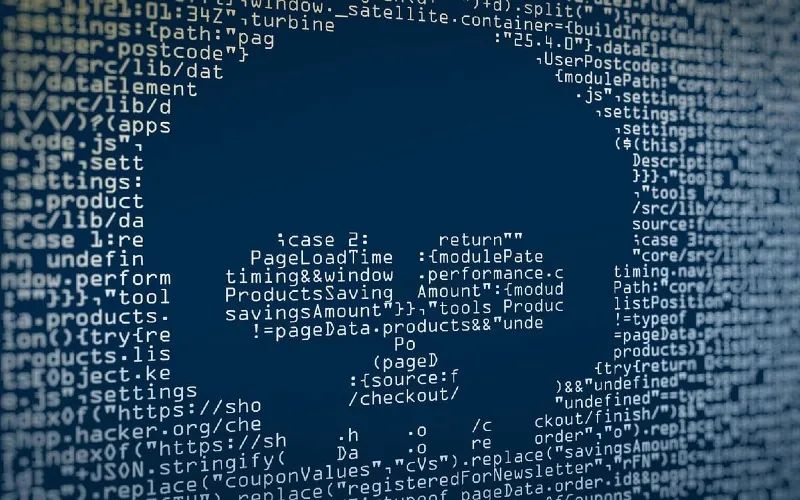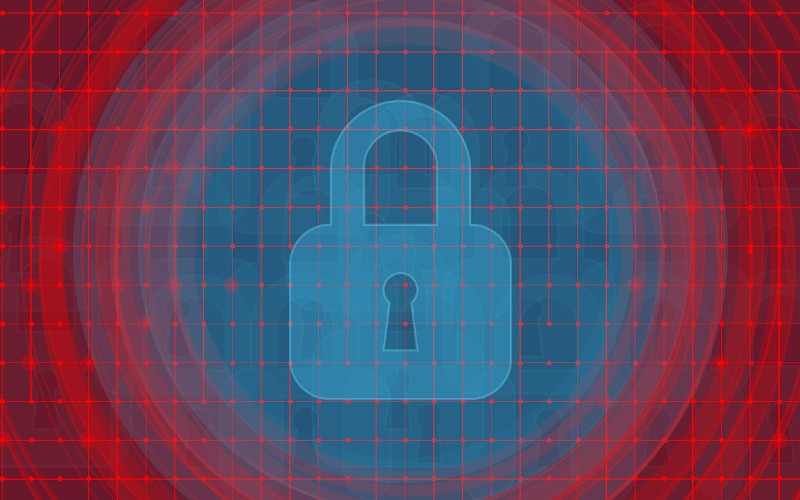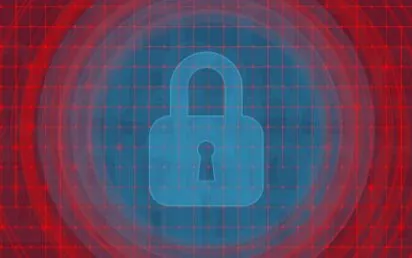Records show that there are over 6 billion reported malware attack incidents annually. Healthcare, government websites, and financial institutions are the most targeted for malware attacks. Top malware threats include spyware, ransomware, worms, viruses, and fileless attacks.
Identifying and dealing with an attack is important, but understanding prevention measures is more important. Create secure frameworks and understand the nature and cause of each attack. Train to deal with and prevent threats and share the knowledge with your colleagues. Data losses are inevitable during attacks, but backups can save the situation.
Overview and the latest malware trends in business cybersecurity 2025
Malware attacks are not new, but they have been consistently listed as the worst threats affecting modern businesses. These threats have unique attack techniques but exclusively rely on planting malicious links into computers and systems. The invasive links are self-executed and installed on a computer or phone. Once this is done, the program may infect your system as a virus, ransom demanding, spaying, or adware programs.
Businesses face big online risks daily, but malware is too huge for some organizations to handle. They are a bigger challenge because these threats change, often keeping businesses on the edge. There are effective malware removal solutions that organizations appreciate due to their unique features. The tool by Moonlock malware removal provides advanced threat protection while making cybersecurity accessible to all. Malware removal prevents attacks from spreading and causing further harm. Tools with advanced features scan deeper and leave no traces of harmful files and links.
The latest malware trends in business Cybersecurity 2025 statistics show AI is becoming the key driver of these attacks. Online company frameworks are built to protect data and allow some flexibility. Criminals do not mind what value a company loses as long as AI helps them understand systems and penetrate them. This technology has caused malware attacks to increase by 90%. There have been more attacks on IOT devices across platforms.
Common malware types affecting small businesses
Ransomware
Hackers designed ransomware as a tool to help them demand payment from their victims. They send a link, and once executed, it encrypts files and locks all interconnected devices. Users require an encryption key to unlock data and read. Unfortunately, they can only get this key from their enemy, the hacker. This allows hackers to demand ransom or deny the victim access keys.
Phishing
Phishing is a manipulative attack that tricks people into disclosing information thinking they will be rewarded or benefit. This attack is dynamic and may present itself as a social engineered, spoofing, or spear phishing attack. Their key entry points are emails and social media, although they are often present in malicious websites. Hide your privacy to avoid leaving a trail of history that makes it easier to be tracked.
Fileless malware
Traditionally, malware attacks rely on executable links to install in devices or systems and launch attacks. Most security protection tools are designed to identify executable links and classify them as potential threats.
Fileless attacks are advanced and do not require an executable link. They are hard to detect using common detection methods. The attack messes up with memory or OS files; it may mess up with the registry and PowerShell files, making them irrelevant.
Spyware
Spyware is another dangerous malware that hides in your system and gathers sensitive data. It does not affect system performance which makes it impossible to detect and deal with. Governments, investigators, or hackers may install this program to monitor people and influence them.
Worms, viruses, and trojans
These threats were significant in the 1990s, although their influence is huge to date. They are easy to ignore but their impact on data lasts for many years. These malware attacks look for weak entry points like Word files, photos, and emails. They begin to multiply in the system, similar to disease-causing viruses or bacteria. Most of these attacks are prevented using advanced antivirus tools.

Impacts of malware on online systems
Malware renders online systems unresponsive and, in many cases, inaccessible, dangerous, and easy to manipulate. A company’s financial operations might suddenly stop, leading to frustration, damaged reputation, and customer loss.
An organization may lose its data and receive warnings, penalties, or summons by compliance and governance entities. Some impacts are so huge and could lead to cash losses, and employee and customer dissatisfaction.
Effective malware prevention strategies for companies
- Training. Knowledge is authority, and training creates a high for information. Invest in continuous training, letting workers handle all threats.
- Cybersecurity tools. The pool of cybersecurity tools gets wider every year as advanced solutions come into play. Install antivirus, firewalls, encryption tools, penetration testing solutions, etc.
- Policies. Create and implement malware prevention policies and share them with users. Design a list of issues requiring attention to keep system safety on the top.
- Encryption. Encrypt data to limit attacks or allow online criminals to manipulate your data.
- Logins. Protect your logins and create complex ways to store them. Allow automated logins if you are working in a secure environment.
- Proactive protection. Never wait for attackers to strike and leave devastating losses in your system. Be proactive and face possible attacks head-on for safety.
Conclusion
Data runs businesses in many ways, but it is a solution with greater threats from everywhere. Hackers seek to benefit from its value at the expense of the data owner or custodian. It is high time that companies take strict measures and protect themselves from common malware and its effects. Understand how these attacks work and be proactive in resisting them and disengaging them.


